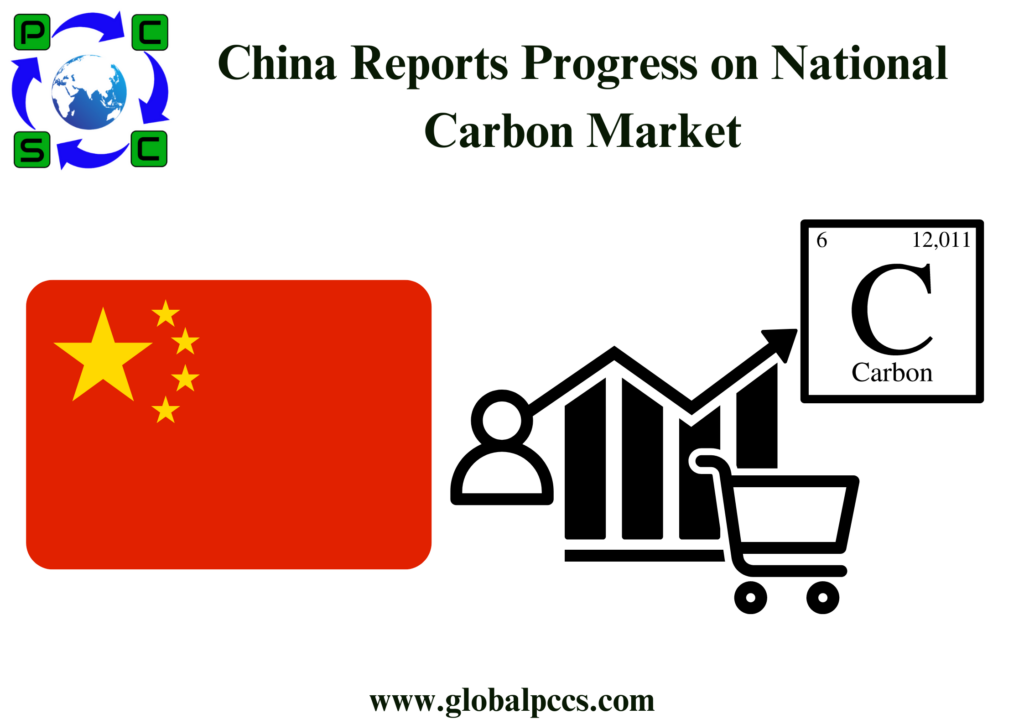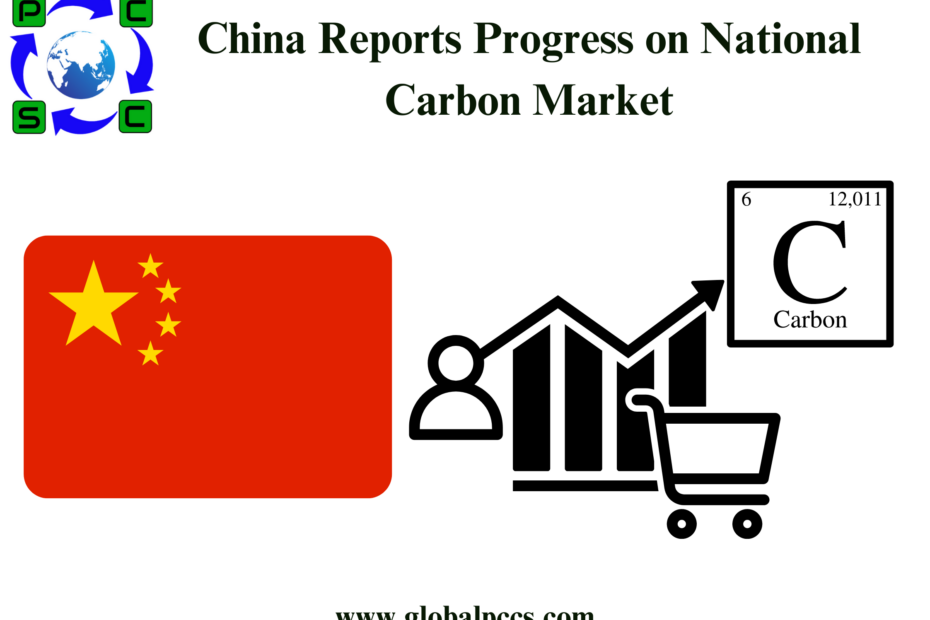 The report focuses on the construction of the National ETS, CEAs allocation and surrender, and progress made since the launch of the National Voluntary Market.
The report focuses on the construction of the National ETS, CEAs allocation and surrender, and progress made since the launch of the National Voluntary Market.
In recent years, China has attached great importance to the development of a national carbon market to promote cost-effective carbon emissions reduction across sectors and to achieve the “dual carbon” goals. To introduce the progress and main achievements, the Ministry of Ecology and Environment has organized the compilation of the Progress Report of China’s National Carbon Market (2024) and released it at the China Carbon Market Conference 2024 in Wuhan on July 21, 2024.
This report mainly focuses on the construction of the National Carbon Emission Trading System (hereinafter referred to as the National ETS), and shares the progress since the launch of the National Voluntary Greenhouse Gas Emission Reduction Trading Market. It also provides an outlook on the future development of China’s National Carbon Market. The highlights of this report are summarized below:
The influence of China’s National Carbon Market continues to expand
- Largest carbon trading market globally. Beginning with the power sector, The National ETS now includes 2,257 key emitting entities, covering about 5.1 billion tonnes of annual carbon dioxide (CO2) emissions—more than 40 percent of China’s total CO2 emissions, making it the world’s largest market in terms of the amount of greenhouse gas emissions covered.
- Relaunch of the National Voluntary Market. In January 2024, the National Voluntary Greenhouse Gas Emission Reduction Trading Market was officially launched to encourage public involvement. The National ETS and National Voluntary Market operate independently but are interconnected through an offsetting mechanism for China Carbon Emission Allowances (CEAs) surrendering. Together, they form China’s National Carbon Market for harnessing policy synergy.
Construction of China’s National Carbon Market progressed significantly
- The first specialized legislation for carbon emission trading. In January 2024, the State Council issued the Interim Regulations for the Management of Carbon Emission Trading, which is China’s first specialized legislation in the field of climate change. Taking into effect on May 1, 2024, this legislation clarifies the primary aspects of carbon emissions trading market activities and the legal responsibilities of entities involved. This Regulation underscores the legal principle of using the strictest systems and most rigorous rules of law to protect the ecological environment, marking it a significant milestone.
- Digital infrastructure provides solid support. With the enhanced data quality management and optimized accounting and verification methods, China has achieved online management, data centralization, comprehensive decision-making throughout entire procedures, with interconnection and communication among various systems like The National Carbon Trading Market Management Platform, registration system, trading system, etc.
- Improved operational mechanism of the National ETS. So far, The National ETS has formed a comprehensive system architecture, including emission data accounting, reporting and verification, CEAs allocation and surrendering, market trading, and supervision.
Increased market vibrancy of the National ETS
- Steady rise in trading prices. During the second compliance cycle of the National ETS, the composite price for market closing fluctuated between 50 and 82 yuan/tonne. By the end of 2023, the composite price for market closing was 79.42 yuan/tonne, an increase of 65.46 percent compared to the opening price on the first trading day and 46.48 percent higher than the closing price of the first compliance cycle. With the Regulations released and coming into full force as well as the continuous advancement of work related to the third compliance cycle, The composite price for market closing exceeded 100 yuan/tonne for the first time on April 24, 2024.
- Scaled up trading volumes. During the second compliance cycle of the National ETS, the cumulative trading volume and value of CEAs increased by 47.01 percent and 125.26 percent, respectively, compared to the first compliance cycle. The transaction volume of listed and bulk agreement trading increased by 33.93 percent and 49.73 percent, respectively. After the end of the second compliance cycle, the average monthly trading volume and the average number of key emitting entities participating in the first half of 2024 increased by 49.54 percent and 90.79 percent, respectively, compared to the same period in 2022.
Growing effectiveness of China’s National Carbon Market development
- Enhanced effectiveness of sector emission reduction. In 2023, the emission intensity of national thermal power generation (CO2 emissions per unit of electricity by thermal power generation) decreased by 2.38 percent compared to 2018, while the emission intensity of electricity generation (CO2 emissions per unit of electricity generation) decreased by 8.78 percent compared to 2018.
- The technical service system and market have begun to take shape. In 2023, over 50 consulting firms, 450 inspection and testing institutions and nearly 100 verification agencies have provided third-party technical services to key emission units and government agencies.
Outlook
Establishing a carbon market is a complicated and systematic endeavor. China’s National Carbon Market is currently in its early stages, and its institutional frameworks require further strengthening.
Next, China will work to increase coverage of key sectors through the National ETS in stages. China will gradually implement a combination of free and paid CEAs allocation methods, increasing the proportion of paid allocation to make carbon prices more accurately reflect the emission reduction costs of enterprises.








 Authorised IMDS & CDX Training & Consulting partner for
Authorised IMDS & CDX Training & Consulting partner for






